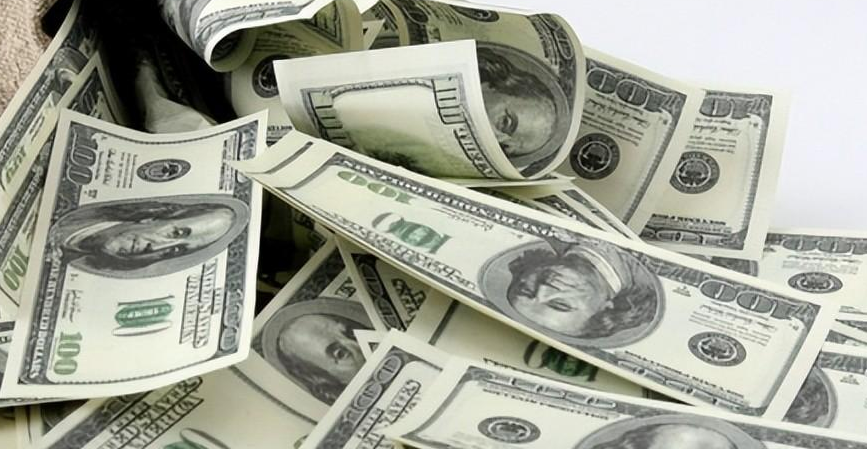The dynamics of the U.S. economy are often revealed through a complex set of statistics and indices that reflect the state of inflation and consumer prices. A recent report released by the U.S. Bureau of Labor Statistics (BLS) on January 14 provided insights into the Producer Price Index (PPI) for December, which unexpectedly came in below expectations due to a notable decline in food costs and stable service prices. This has brought a measure of relief to those who have been troubled by persistent inflationary pressures throughout the year. However, despite this seemingly positive news, it's essential to note that both the PPI and core PPI saw the largest year-over-year increases since early 2023.
According to the report, the PPI for December rose by 3.3% year-over-year, marking the highest increase since February 2023 and surpassing November's increase of 3%. However, it fell short of the expected 3.5%. In stark contrast, the same aggregate exhibited a mere 1.1% increase during the entirety of 2023. When excluding food and energy, the core PPI saw a year-over-year increase of 3.5%, also reaching its peak since February 2023, although this was slightly lower than the anticipated 3.8% and an increase from November's 3.4%.
On a monthly basis, the PPI rose 0.2%, down from a 0.4% increase in November and lower than the market expectation of 0.4%. Additionally, the core PPI, which also excludes food and energy, remained flat in December, falling short of economists' anticipation of a 0.3% rise and reflecting the same 0.2% increase from the previous month. When looking at a refined index that disregards food, energy, and trade services, the PPI experienced a marginal monthly increase of just 0.1%.
Diving deeper into the subcategories within the broader PPI data, we find that overall commodity prices increased by 0.6% in December, down from a 0.7% increase in November. Excluding food and energy, commodity prices remained unchanged. The report indicated that service prices were stable—a phenomenon attributed to declining profit margins in this sector—signifying one of the softest readings since the onset of 2024.

The commodity market has shown visible price fluctuations—most notably, crude oil prices surged to a five-month high this past Monday, while corn futures reached their highest level in nearly seven months. There was also a significant increase in cocoa and coffee prices at the tail end of the last year. Interestingly, food prices dipped by 0.1% in December, with vegetable prices plummeting by almost 15%. After an almost 56% spike in November due to avian flu outbreaks, egg prices remained stable in December. Meanwhile, energy prices increased by 3.5%, with gasoline prices specifically rising by 9.7%, contributing to the overall uptick in commodity prices. In the services sector, despite a 7.2% increase in passenger traffic, pricing remained stable, counteracted by a decline in accommodation costs.
Economists remain vigilant about the PPI report, given that various components directly influence the Federal Reserve's principal inflation measure—the Personal Consumption Expenditures (PCE) price index. The December PPI report exhibited mixed trends within categories that correlate highly with PCE inflation. While hospital care prices showed no change and physician services and portfolio management saw slight increases, airfare prices surged to heights not witnessed since March 2022.
These fluctuations in specific pricing categories can have direct or indirect ramifications on the trajectory of the PCE price index, subsequently informing the Federal Reserve's perceptions of inflation and monetary policy. For instance, the stability or growth in prices for hospital care and physician services—critical elements of consumer spending—could significantly impact the PCE index, while steep increases in fare costs raise overall travel expenses, pushing PCE rates upward.
The financial markets responded to the PPI data with marked volatility. Initially, the dollar index experienced a temporary dip of over 20 points, only to rally back nearly the same amount. Futures for U.S. stocks surged before settling lower, while the yield on 10-year Treasury bonds showed similar oscillations. Spot gold prices mirrored this activity, briefly spiking by around five dollars before dipping nearly nine dollars. Such erratic market responses demonstrate the ongoing uncertainty investors feel regarding the PPI data and the fluid sentiment surrounding market conditions.
The fluctuations in the dollar index are indicative of market participants' uncertainty regarding the trajectory of the currency, while the volatility in stock futures reflects apprehensions regarding the broader economic landscape and corporate profitability. The movements in the yield for the 10-year Treasury bonds are connected to prevailing expectations about interest rates, whereas gold’s price instability is influenced by various factors, including the dollar's performance and inflationary expectations.
In recent weeks, fueled by strong consumer demand and the threat of increased tariffs on imported goods from an incoming administration, both investors and consumers have heightened their inflation expectations. With inflation remaining elevated in the latter months of 2024, alongside a robust job market, Federal Reserve officials have tempered their predictions regarding potential interest rate cuts this year.
Analysts suggest that the PPI report for December, which revealed a lower-than-expected rise in prices, indicates a slight easing of inflation pressures before the end of the year. However, this respite may not be enough to prompt the Federal Reserve to reconsider interest rate cuts in the immediate future.
This PPI report also precedes a much-anticipated consumer price index (CPI) reveal scheduled for Wednesday, which will provide further insights into inflationary trends affecting consumers directly. With inflation being a critical concern for households and businesses alike, the forthcoming CPI report will likely hold significant implications for economic policy and consumer behavior moving forward.
 January 18, 2025
January 18, 2025